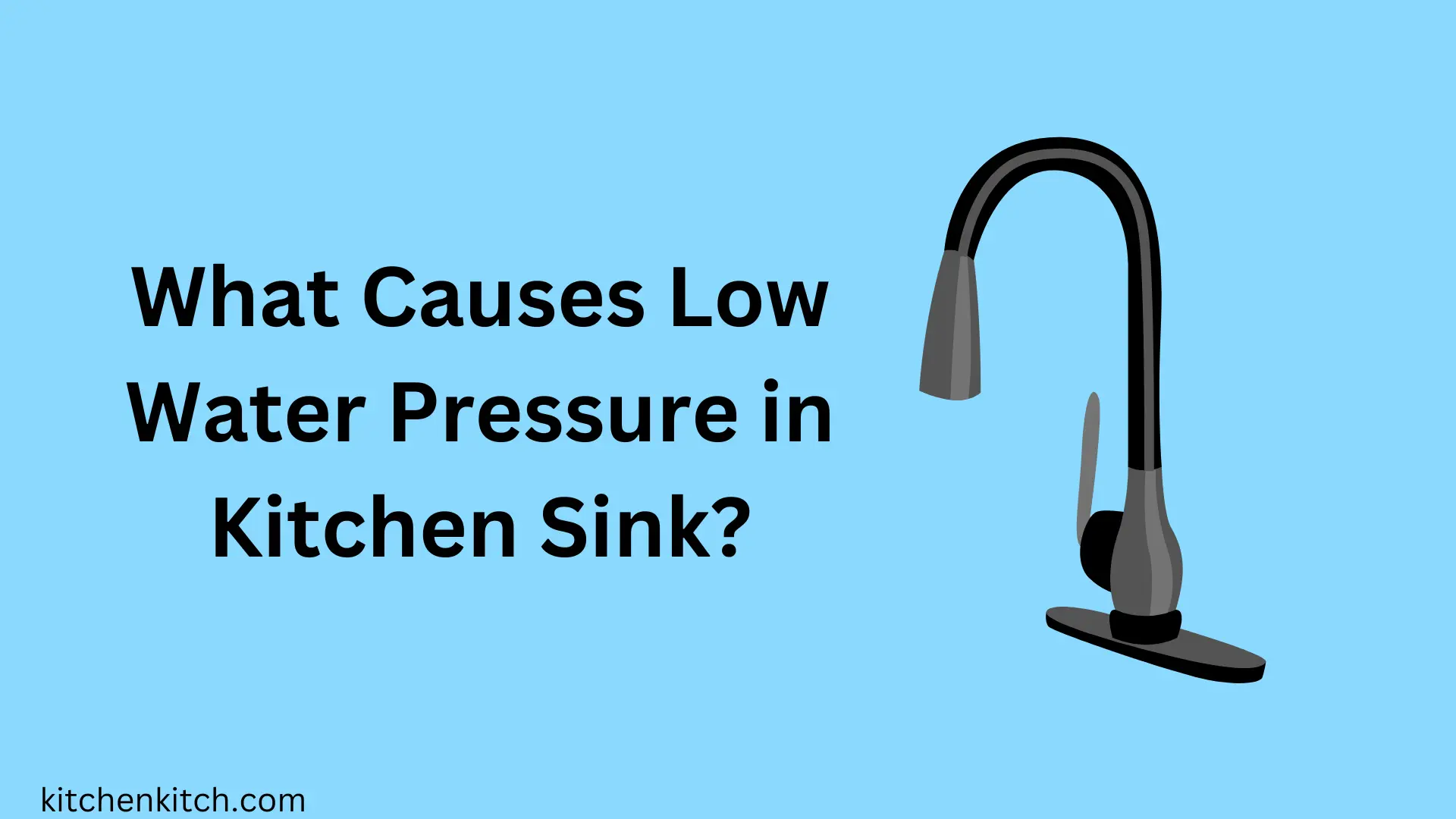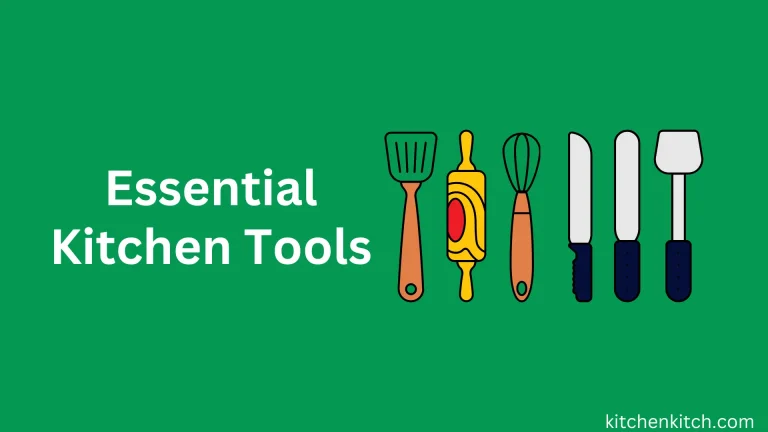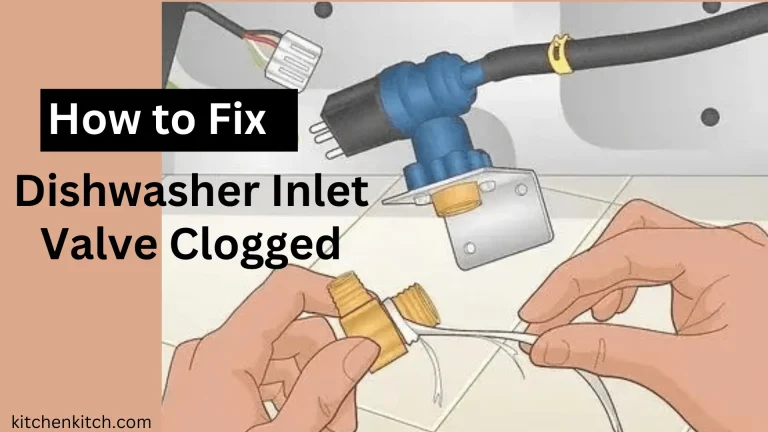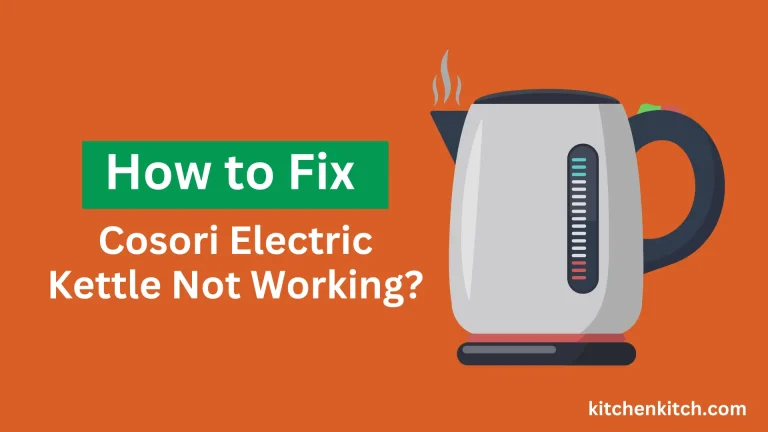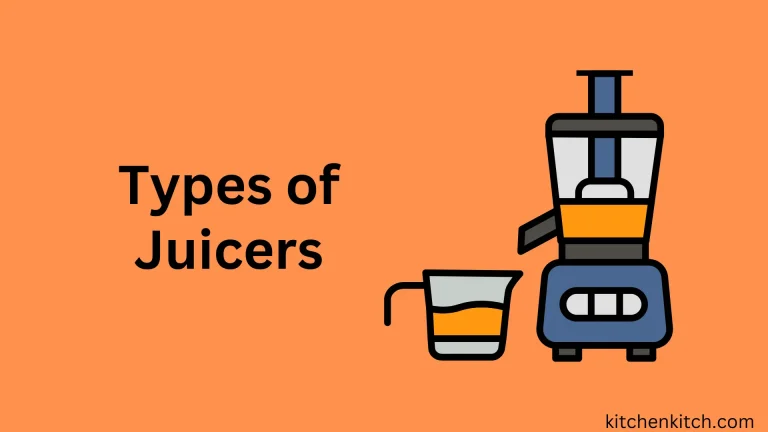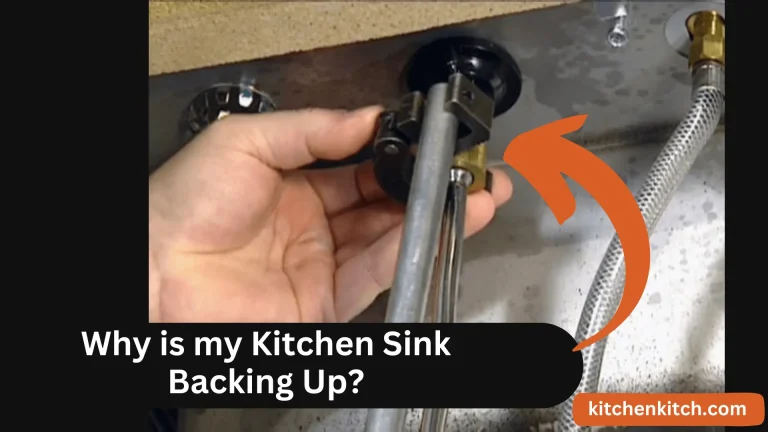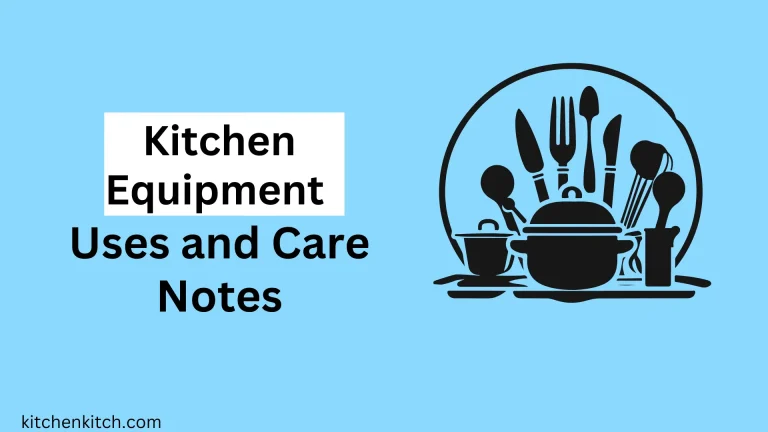What Causes Low Water Pressure in Kitchen Sink?
Your kitchen sink is like a star in your home – it’s always in the spotlight, whether you’re scrubbing dishes or preparing a meal. But because it gets so much attention, it’s easy to spot when something isn’t right.
One common issue you might notice is when the water pressure from your kitchen faucet suddenly drops. It could be a minor decrease or even just a tiny trickle of water. Dealing with this problem can be annoying, especially since there are several reasons why it might be happening.
So, what causes low water pressure in kitchen sink, and how can you fix it once and for all? Let’s dive into the possible reasons and solutions to get your sink back to its full flow.
What Causes Low Water Pressure in Kitchen Sink?
Various reasons can contribute to the low water pressure experienced in the kitchen sink. One common reason is a buildup of sediment or mineral deposits in the faucet aerator or the pipes leading to the sink. Over time, these deposits can restrict the flow of water, resulting in lower pressure.
Another possible cause is a clogged or partially closed shut-off valve under the sink. If the valve is not fully open, it can restrict the flow of water to the faucet, leading to decreased water pressure.
Leaks in the plumbing system can also cause low water pressure. Even small leaks can result in a loss of pressure over time, so it’s essential to check for any signs of water leakage around the sink or under the cabinets.
Additionally, issues with the water supply line, such as a malfunctioning pressure regulator or a blockage in the line, can contribute to low water pressure in the kitchen sink.
Finally, outdated or corroded pipes can also affect water pressure. If the pipes are old or damaged, they may restrict the flow of water to the faucet, resulting in decreased pressure.
Identifying the specific cause of low water pressure in your kitchen sink is the first step toward fixing the problem. Once you’ve identified the issue, you can take appropriate measures to address it and restore proper water flow to your sink.
How to Fix Low Water Pressure in the Kitchen Sink?
Fixing low water pressure in your kitchen sink can vary depending on the cause of the issue. Here are some steps you can take to address common reasons for low water pressure:
- Clean the Faucet Aerators: Sediment and mineral deposits can accumulate in the aerator at the tip of the faucet, reducing water flow. Unscrew the aerator and soak it in vinegar to dissolve the deposits. Then, scrub it with a brush to remove any remaining debris before reattaching it to the faucet.
- Check for Clogs in Pipes: Inspect the pipes under the sink for any obstructions or clogs. Remove and clean out any debris that may be blocking the flow of water.
- Adjust the Shut-Off Valve: Make sure the shut-off valve under the sink is fully open. If it’s partially closed, turn it clockwise to open it completely and allow maximum water flow.
- Fix Leaks: Check for any leaks in the plumbing system, including around the sink, under the cabinets, and along the supply lines. Repair or replace damaged pipes or fittings to prevent water loss and restore proper pressure.
- Test the Water Pressure Regulator: If your home is equipped with a water pressure regulator, make sure it’s functioning correctly. If it’s malfunctioning or set too low, adjust or replace it as needed to maintain adequate water pressure.
- Inspect the Supply Line: Check the water supply line leading to the kitchen sink for any kinks, bends, or blockages. Straighten out any bends and remove any obstructions to ensure smooth water flow.
- Replace Old or Corroded Pipes: If your plumbing pipes are old or corroded, they may restrict water flow to the faucet. Consider replacing outdated pipes with newer, more efficient ones to improve water pressure.
By following these steps and addressing the specific cause of low water pressure in your kitchen sink, you can effectively restore proper water flow and improve the functionality of your faucet. If you’re unsure about how to proceed or encounter any difficulties, don’t hesitate to seek assistance from a professional plumber. You should also know about kitchen equipment uses and care notes.
Maintenance and Prevention Tip
Maintenance and prevention tips can help you avoid low water pressure issues in your kitchen sink and keep it running smoothly. Here are some tips:
- Regular Cleaning: Regularly clean your faucet aerators and showerheads to prevent mineral buildup. Soak them in vinegar to dissolve deposits and scrub away any remaining debris.
- Monitor Water Pressure: Regularly monitor your water pressure to ensure optimal performance. If you notice a sudden pressure drop, investigate the cause promptly to prevent further issues.
- Inspect for Leaks: Check for leaks in your plumbing system, including around the sink, under cabinets, and along supply lines. Fix any leaks promptly to prevent water loss and maintain proper pressure.
- Adjust Shut-Off Valves: Ensure that shut-off valves under the sink are fully open. Adjust them as needed to allow maximum water flow to the faucet.
- Test Water Pressure Regulator: If your home has a water pressure regulator, test it periodically to ensure it’s functioning correctly. Adjust or replace it if necessary to maintain adequate water pressure.
- Monitor Supply Lines: Regularly inspect the water supply lines leading to your kitchen sink for any signs of damage, kinks, or blockages. Straighten out bends and remove obstructions to ensure smooth water flow.
- Replace Old Pipes: Consider replacing old or corroded plumbing pipes with newer, more efficient ones to improve water flow and prevent future issues.
- Use Water Softeners: If you have hard water, consider installing a water softener to reduce mineral buildup and prolong the life of your plumbing fixtures.
By following these maintenance and prevention tips, you can help prevent low water pressure issues in your kitchen sink and ensure that it continues to function optimally for years to come. Regular upkeep and vigilance are key to avoiding plumbing problems and maintaining a reliable water supply in your home.
When to Seek Professional Help?
Seeking professional help for low water pressure in your kitchen sink may be necessary in the following situations:
- Persistent Low Pressure: If you’ve tried troubleshooting the issue yourself but haven’t been able to resolve it, it’s time to call a professional plumber. They have the expertise and tools to diagnose and address more complex issues that may be causing low water pressure.
- Hidden Leaks: If you suspect there may be leaks in the plumbing system but can’t locate them yourself, a plumber can use specialized equipment, such as leak detection devices, to pinpoint the source of the leaks and repair them effectively.
- Complex Repairs: Certain repairs, such as replacing old or corroded pipes or repairing a malfunctioning pressure regulator, may require specialized knowledge and skills that only a professional plumber possesses. Attempting these repairs yourself without proper training could lead to further damage and costly repairs down the line.
- Safety Concerns: If you encounter any safety hazards while attempting to fix the low water pressure issue, such as exposed wiring or gas lines, it’s crucial to stop and seek professional help immediately. Plumbers are trained to handle potentially dangerous situations safely and effectively.
- Home Renovations: If you’re planning to renovate your kitchen or make significant changes to your plumbing system, consulting a professional plumber can ensure that the work is done correctly and up to code. They can help you design an efficient plumbing layout and install new fixtures to improve water pressure and functionality.
Overall, if you’re unsure about how to proceed or encounter any difficulties while attempting to fix low water pressure in your kitchen sink, don’t hesitate to contact a licensed and experienced plumber. They can provide expert guidance and assistance to help you resolve the issue efficiently and prevent further problems in the future.
Conclusion
In conclusion, addressing low water pressure in your kitchen sink is essential for maintaining a functional and efficient plumbing system in your home. By identifying the underlying causes and seeking professional assistance when needed, you can ensure that your sink provides adequate water flow for everyday tasks like washing dishes and cooking. Don’t hesitate to take action if you notice a decrease in water pressure, as prompt attention can prevent further damage and inconvenience in the long run. With the right approach, you can enjoy a steady stream of water from your kitchen faucet and avoid the frustrations of dealing with low water pressure.

